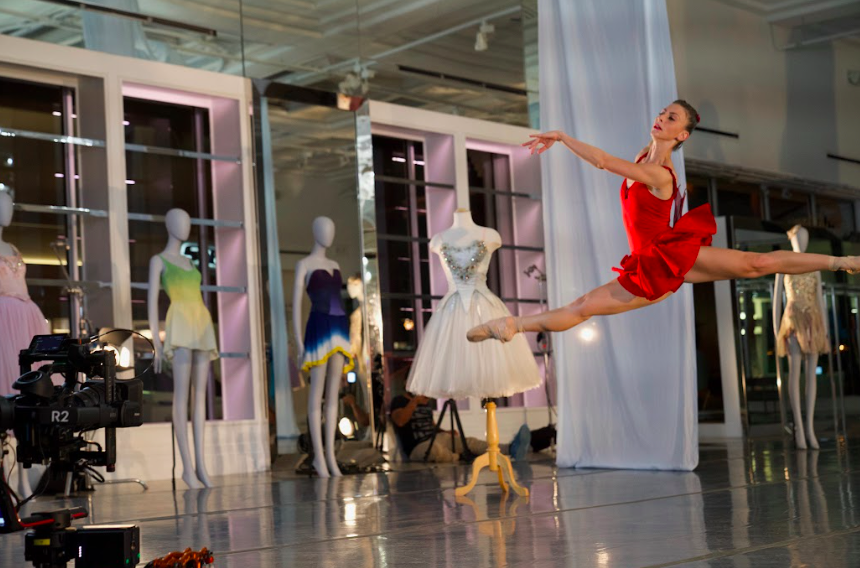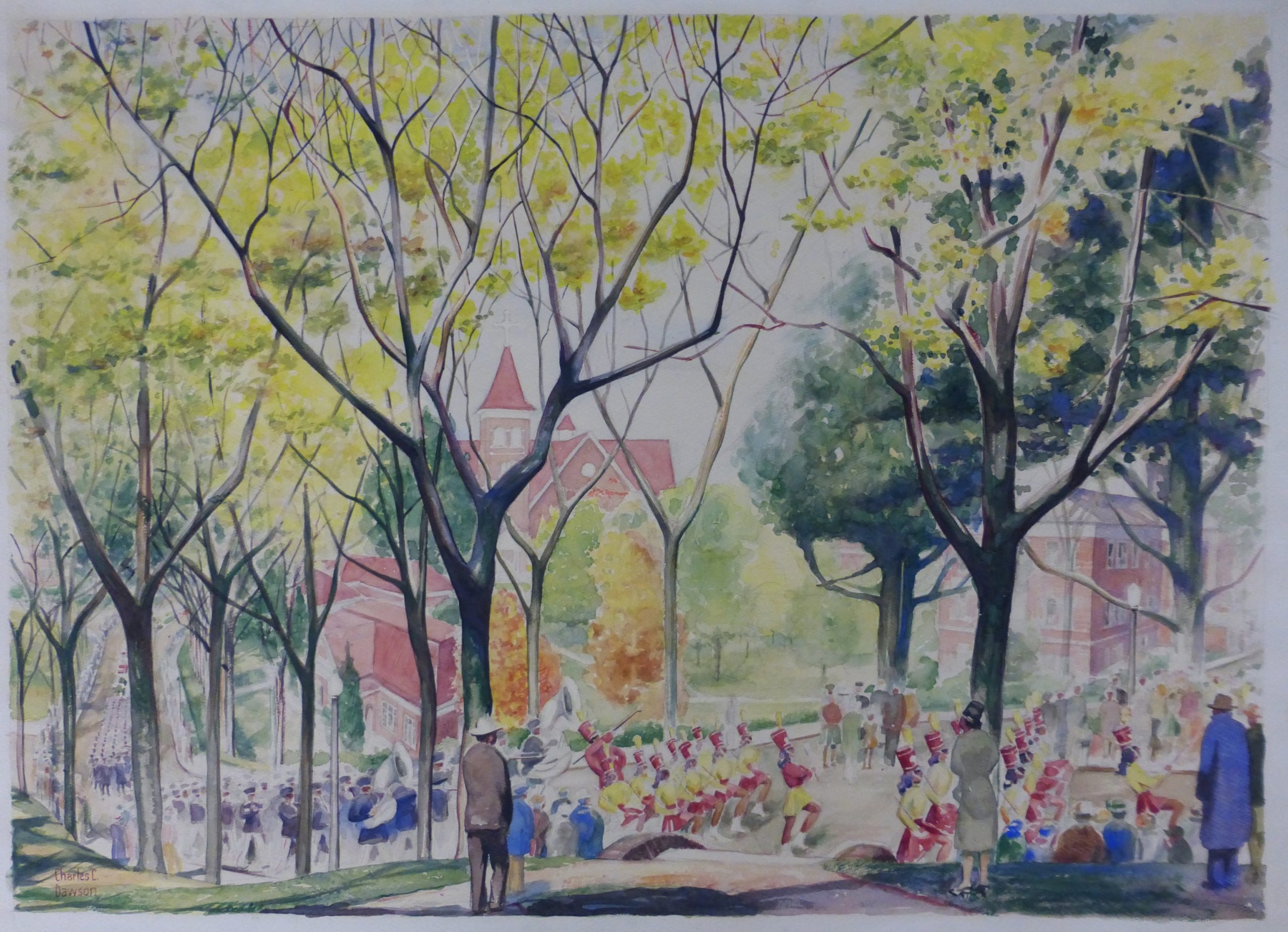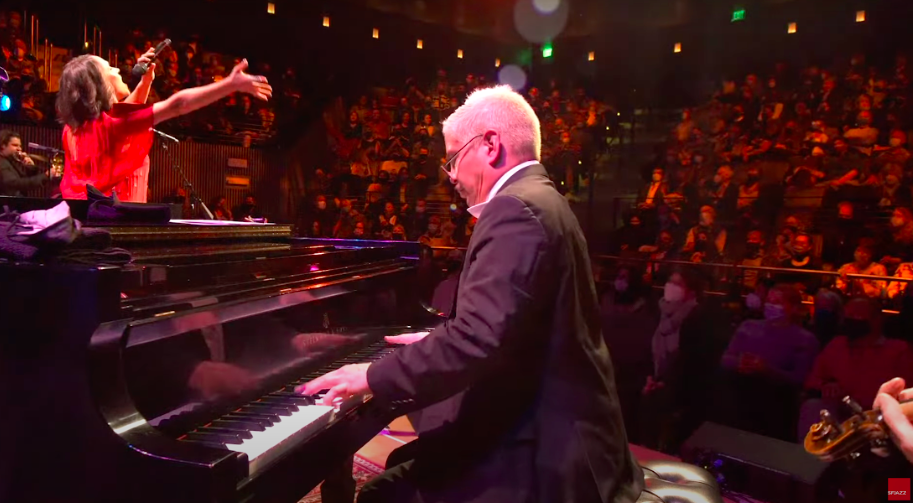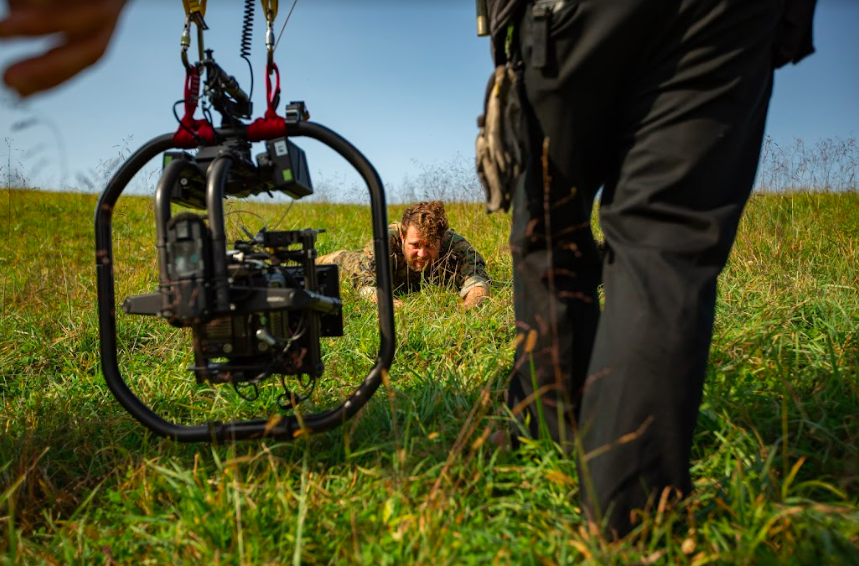Learning to dance outdoors and online
Lourdes Lopez, artistic director of Miami City Ballet (MCB), recalled that in the early 2000s, a dance company might produce a CD with some promotional footage and mail it out to potential audiences at significant cost to the company. Technology has completely changed how a ballet company can market itself; now, in a fairly inexpensive way, it can reach distant and local audiences digitally with an excerpt of filmed work. She sees dance, shared digitally, as a means to expand the company’s reach to new audiences and to engage the local community, to, as she says, “produce something beautiful and have other people see it.”
When MCB was closed during COVID-19, digital work became necessary to continue engaging with audiences and the company’s dancers. Lopez remembers that, wanting to advance the company’s mission, “it occurred to me that we were still important; the work we did was still important. We just had to figure out a different way of delivering it.”
The company quickly began livestreaming classes for the students enrolled in its school. Though there were technical problems and sound delays in these early days of Zoom, MCB found that these classes served a purpose, giving the students a connection and a reason to continue their training. The classes were not a replacement for in-person work, since teachers could not offer any hands-on corrections for the dancers, but the staff and students seemed to understand that, though the experience was different, it retained value.
MCB became interested in filming dance in a way that was captivating for a digital audience, knowing that people watching on mobile devices could pause or step away at any time. They began by filming very short works outdoors around Miami. It quickly became clear that a videographer’s view of dance is fundamentally different from that of a live audience, since the art is flattened and seen in fewer dimensions. Lopez feels that filming dance in a compelling way, so that the film contributes to the story of the work, is an area that needs a great deal of exploration and learning. Still, the company continues to create these short, outdoor works that can be filmed. The performances now provide opportunities for company dancers to choreograph and experiment and for the community to see a short work for free. The company has shared portions of the performances on its social media channels.
Lopez acknowledges that MCB had help from some other outside factors. Its new building is large, with updated ventilation, so studios had room for social distancing. The Miami weather allowed outdoor dance essentially year-round; the ability to go outside easily may have helped the company psychologically, especially compared to the COVID experience of organizations in cold climates.
With the push to return to a regular, in-person season, the expense of maintaining digital work at a high level has been prohibitive. For example, MCB looked into creating a digital department, so that digital work would happen in one place rather than being part of many departments, but its budget did not cover this effort. Further, MCB’s business model relies on being able to sell tickets to live performances in theaters. These venues are not outfitted to film dance well; to shoot multiple angles, the theaters would have to be modified, perhaps with seats removed, and the performance would have to allow for more technical rehearsal time for seamless camera work. All of those steps present new costs that dance companies have not typically had to shoulder.
Despite these barriers, MCB continues fundraising and exploring; currently, it is seeking to raise funds for a consultant to guide the company through the process of increasing its digital reach. The company wants to consider new ways of embedding technology in a ballet company. Lopez sees potential for improving the use of technology in marketing and development; in access to the school’s classes, particularly in underserved communities; and in filming dance in a way that speaks to an audience watching from home.









